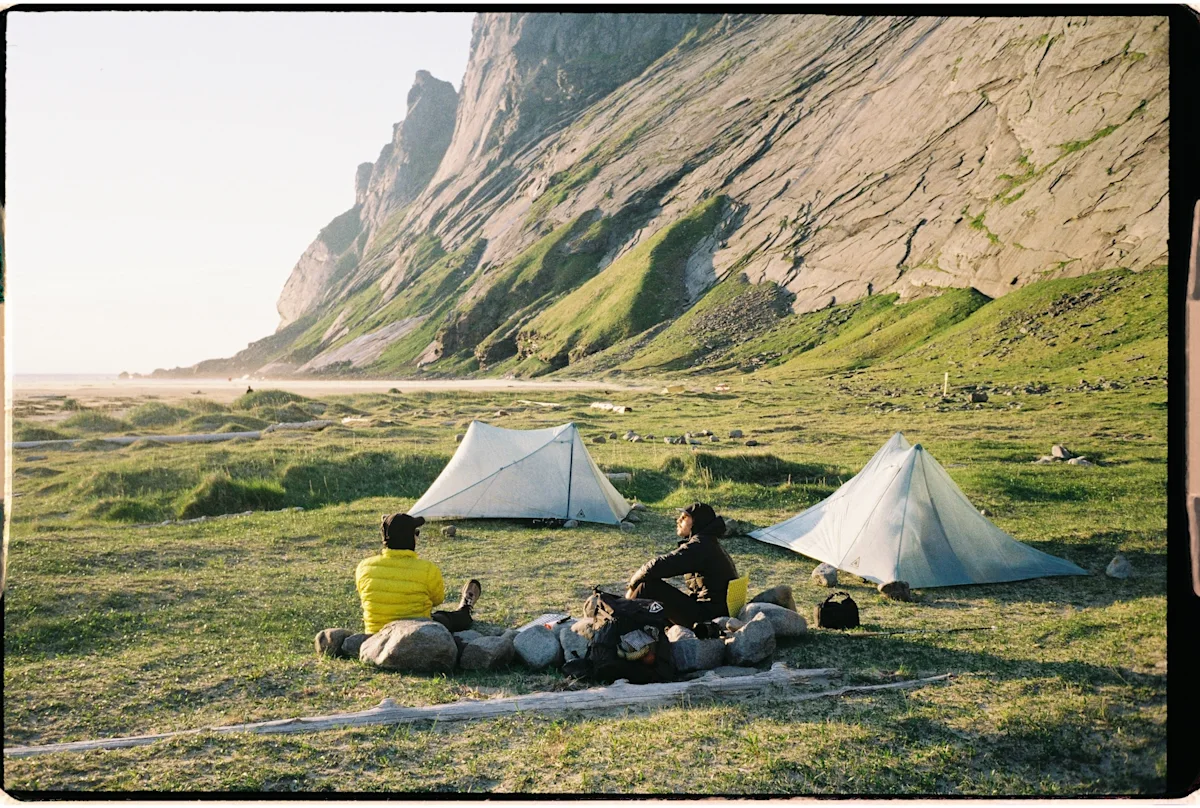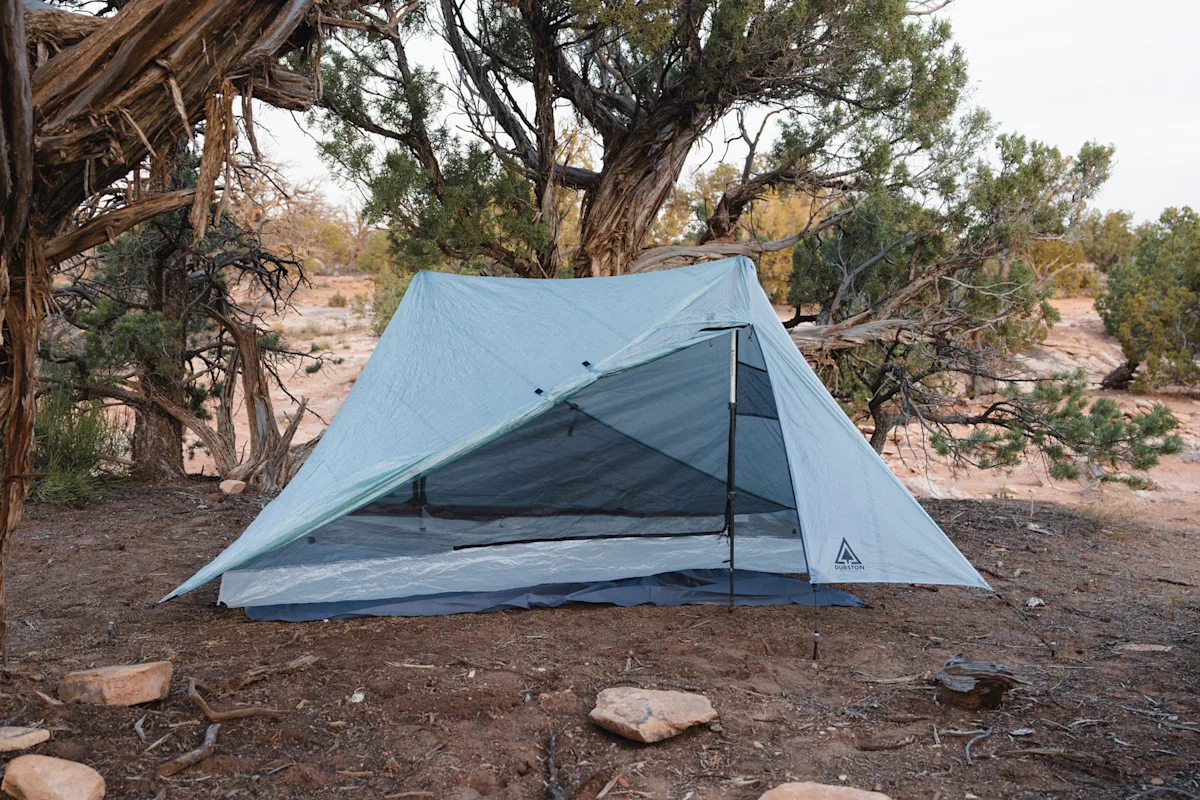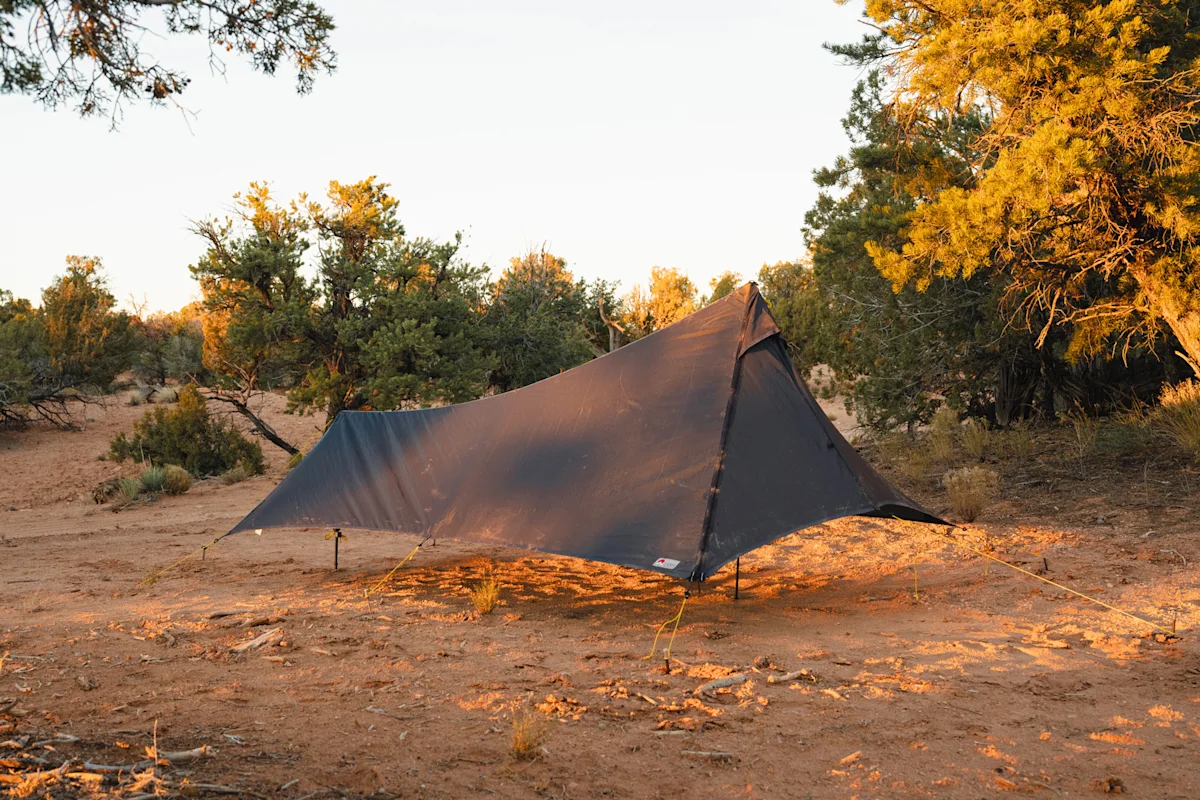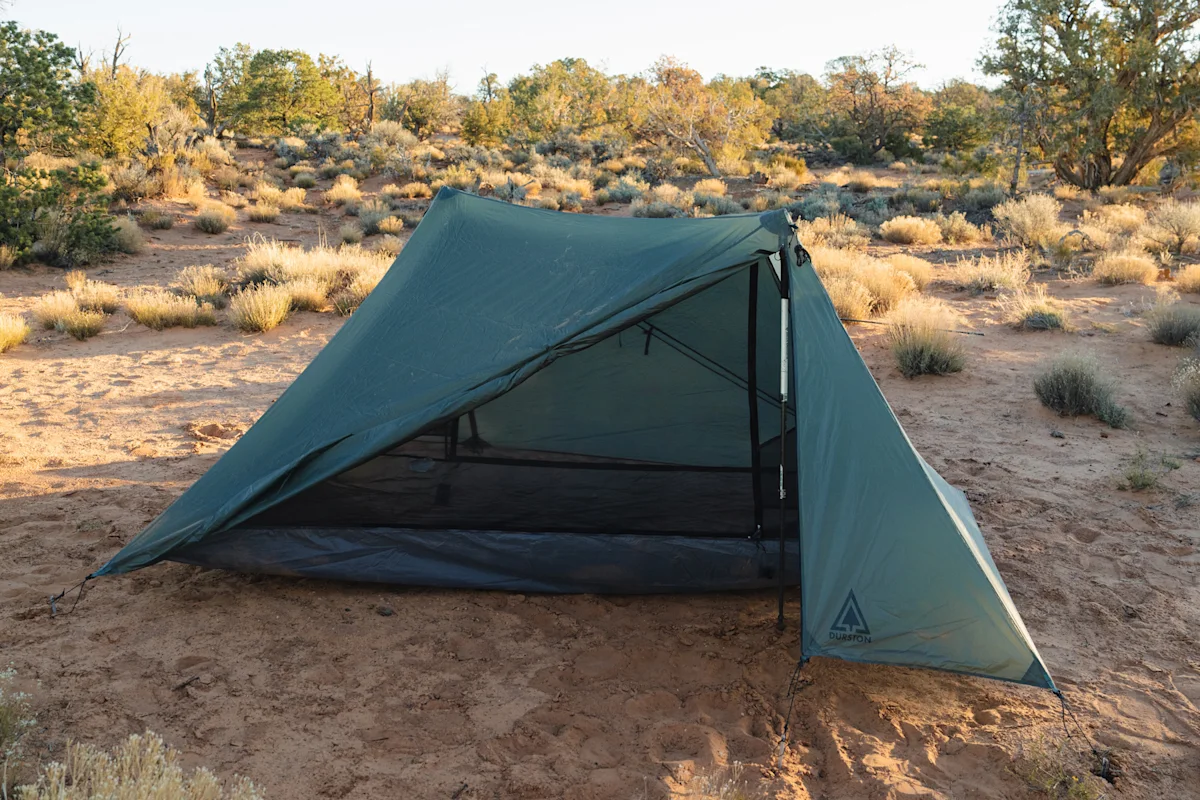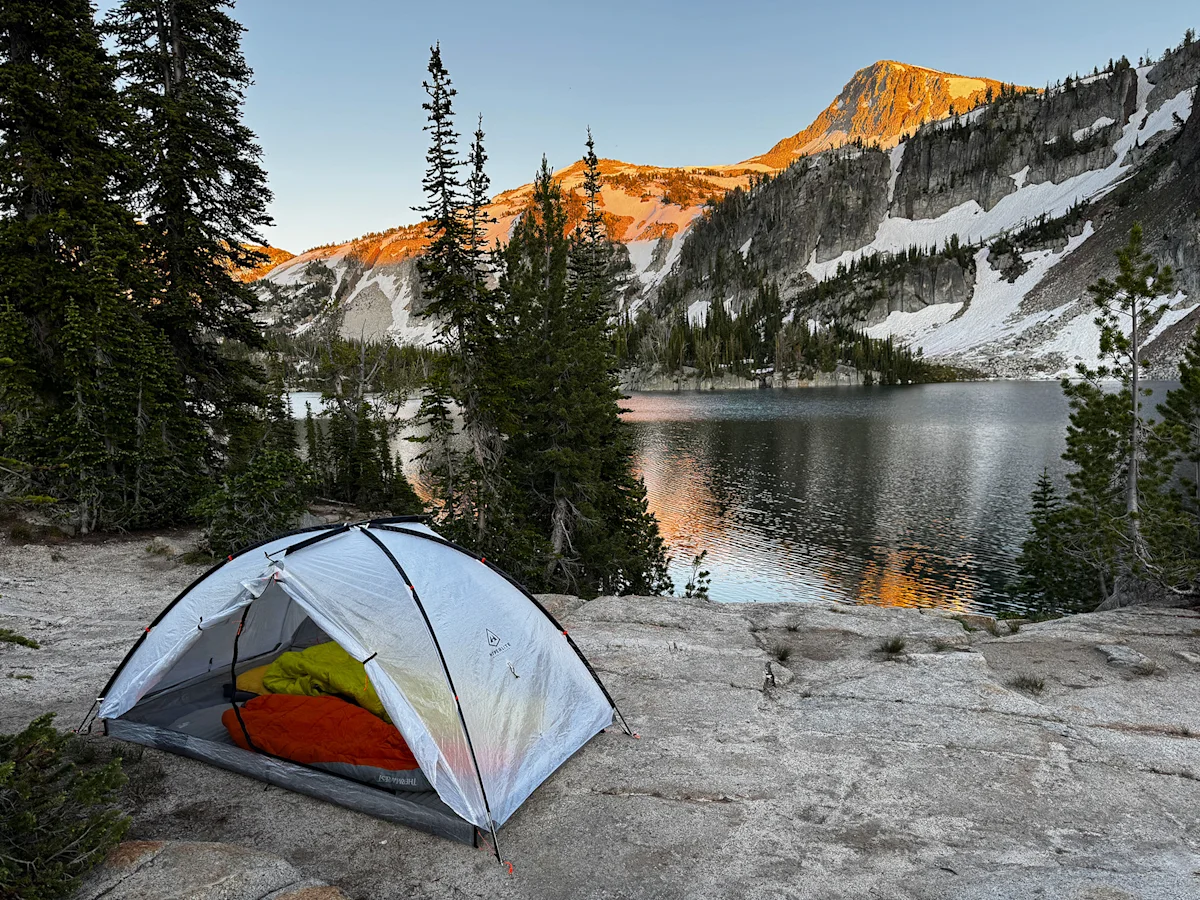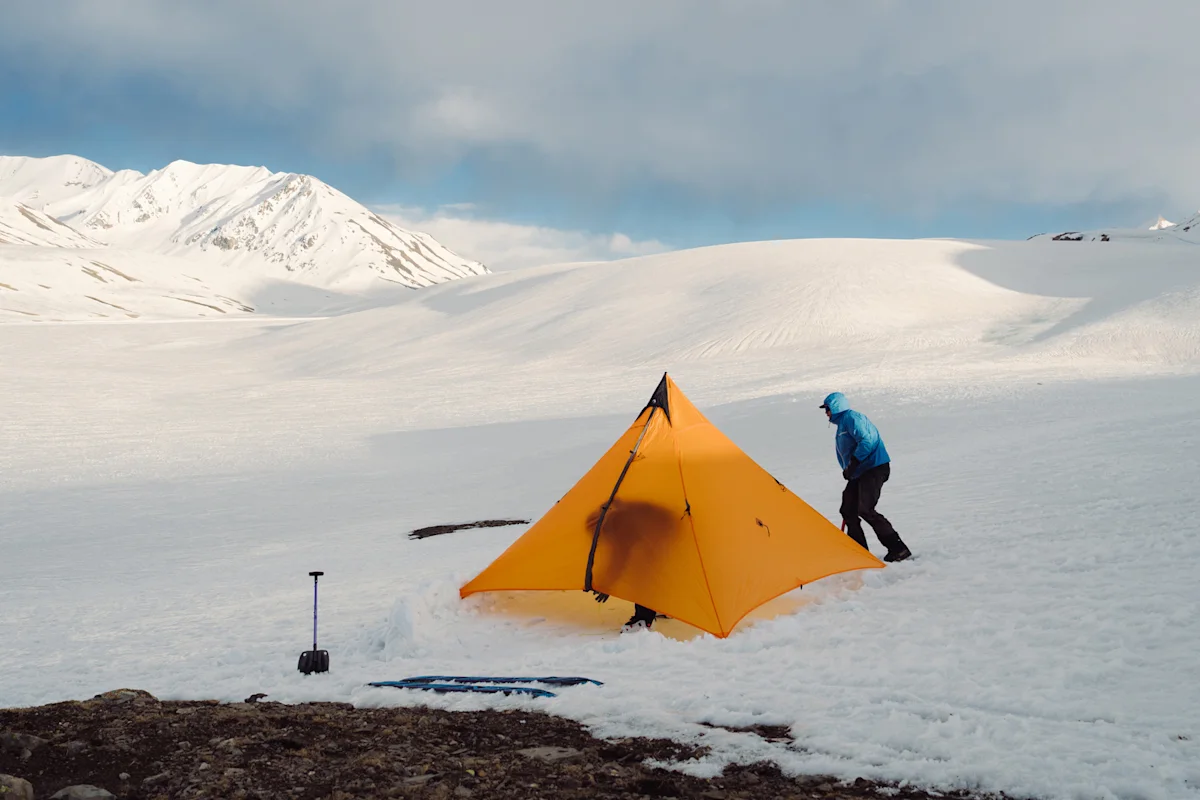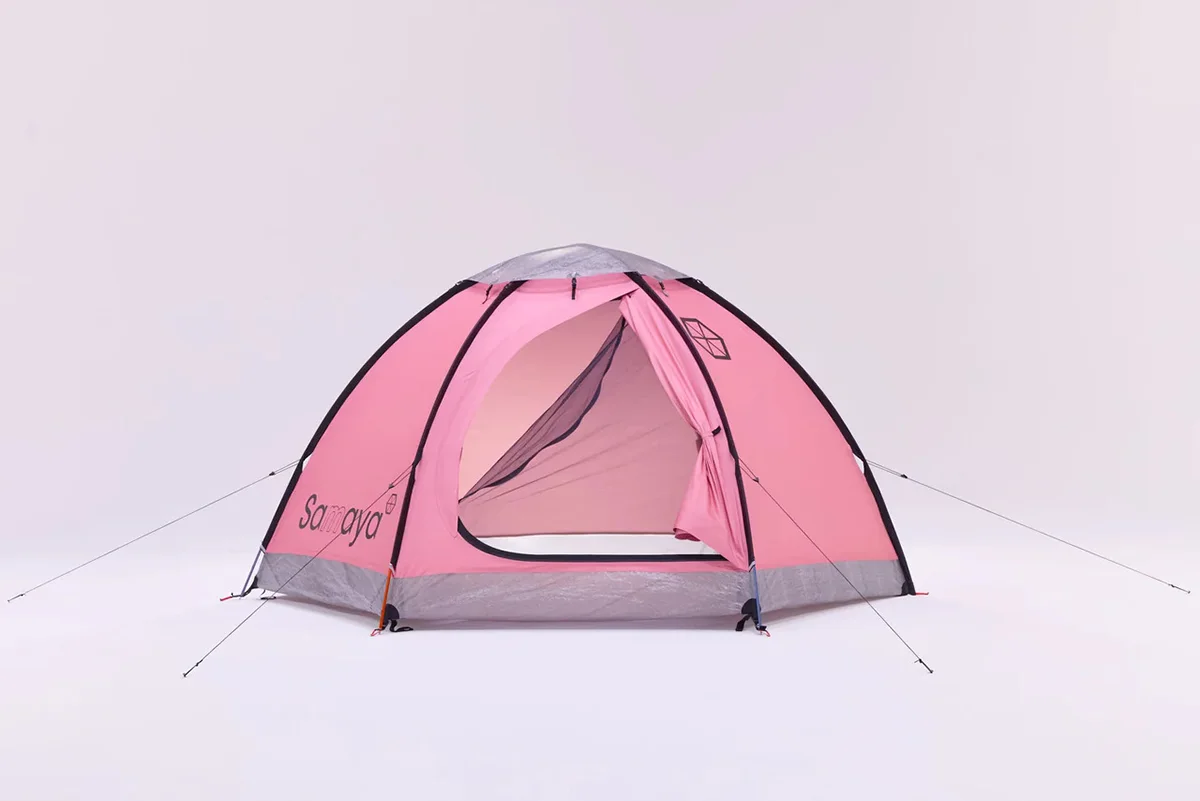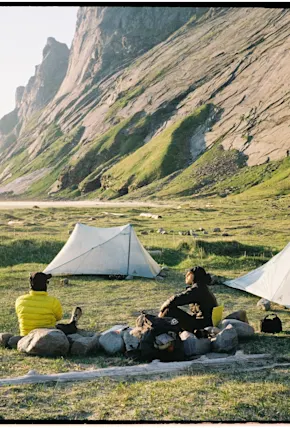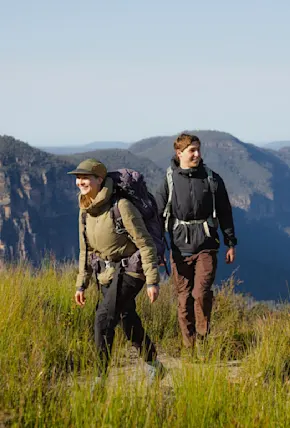A tent is one of the most important pieces of camping gear you can buy and it’s also one of the places you can save the most weight. Trust me: I've hiked thousands of miles on America's long trails and spent triple digit days in a tent each year. Now, there are no hard and fast rules when it comes to what qualifies a backpacking tent as ultralight, but, generally, any shelter that weighs under 1.5 pounds (24 ounces) for a solo tent and under three pounds (48 ounces) for a two-person tent, makes the grade. Still, some purists set the bar even lower.
Ultralight tents prioritize minimal weight above almost everything else, using advanced materials like DCF (Dyneema Composite Fabric), ultra-thin silpoly fabrics, and carefully engineered designs that eliminate unnecessary material. The idea behind these tents is that a well-chosen campsite makes all of the extra features and double-walls of heavier models unnecessary. The downside to this philosophy? It sets the knowledge bar high, and newer hikers with less experience at identifying suitable campsites might have trouble using these tents.
Ultralight tents tend to involve trade-offs that may not work for everyone, so in thinking about buying one it’s important to consider how much time you spend at camp and how much you value comfort features. Less weight on your back will vastly improve your day on trail, but a bad night’s sleep can ruin an entire trip.
The following criteria are worth considering if you’re thinking about purchasing an ultralight tent. And how I approached my own testing criteria when building this list.
What We Look for When Testing Ultralight Tents
Durability
To save weight, ultralight tents tend to use lighter, thinner materials in the 7-20D range that are fragile compared to traditional 40-70D tent materials. They require careful site selection and gentle handling. They can last years if treated carefully, but many tents are technically only guaranteed for one thru-hike.
Space and Comfort
A core principle of ultralight hiking is spending more time hiking and less time hanging out inside your tent. Thus, ultralight tents are designed to save weight and they tend to have the smallest livable area inside—just enough room for your body, sleeping pad, and essentials. More recent two-person tent styles have prioritized headroom and overall livability, but one-person tents will still be a tight fit for most people. If you like spreading out, two doors, interior pockets, sitting up comfortably to read, or other comfort-focused features, ultralight designs might feel bare bones.
Single-Wall vs Double-Wall
Traditional tents use a double-wall design consisting of the main tent body and a rainfly over it. This helps them manage condensation by creating an air gap between the fly and inner tent. Double-wall tents are almost always freestanding or semi-freestanding designs that use connected poles to pitch with no or minimal stakes, so they will come with a weight penalty. Many ultralight tents are single-wall, meaning they eliminate the separate rainfly to save weight. In a single-wall tent, the same fabric that forms the tent body is also your waterproof barrier. These tents often struggle with condensation as a result of this design, but the fabrics dry quickly. (On thru-hikes, I often dry my tent out at lunch.)



